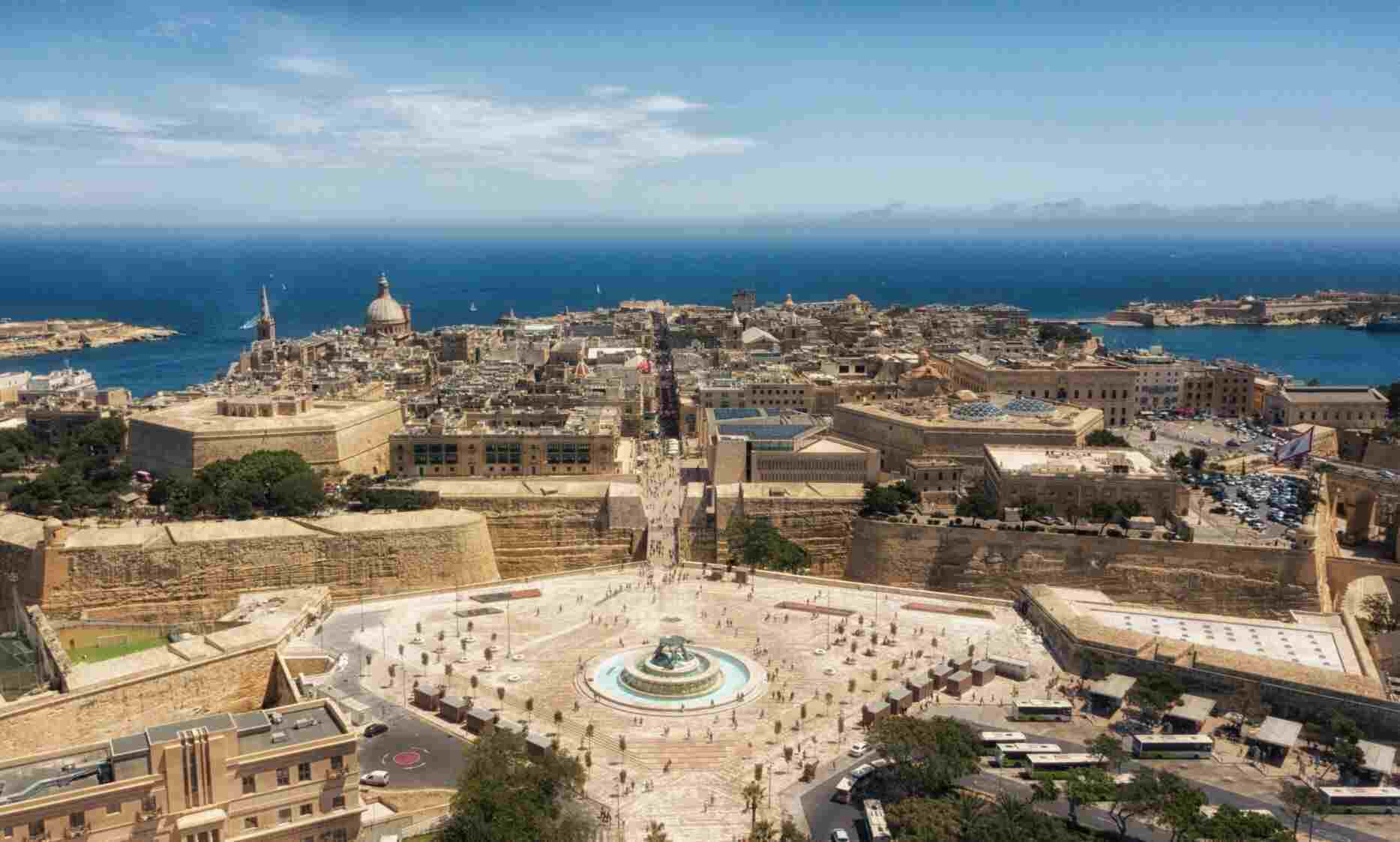
Maltas Transformation Key Insights from a New National Report
Last changed: August 05 2024 08:11 by PCLMedia
A comprehensive report from Malta’s national statistics office provides an in-depth look into the rapid changes sweeping across Maltese society. The 2024 edition of Malta’s regional statistics covers diverse topics such as demographics, tourism, construction, and poverty, showcasing significant transformations in the country's social and economic landscape over recent years. Here are five key trends highlighted in the report: 1. Surge in Working-Age and Elderly Populations Malta and Gozo have seen a notable increase in working-age residents, largely due to government policies attracting foreign workers. By the end of 2022, people aged 30 to 49 constituted about a third of the total population. In Gozo, the 30 to 39 age group grew by 40% since 2017, while Malta saw a 30% increase in this demographic. Concurrently, the elderly population (ages 70 to 79) rose by over 25%. Despite this growth, the youth population has remained stable, and migration has helped balance the old-age dependency ratio, which has stayed around 27 since 2017. 2. Natural Population Growth in Most Areas Even excluding migration, Malta's population is rising, though at a slower pace. Most towns in Malta and Gozo are experiencing natural population increases. However, the southern harbour area and Gozo and Comino regions have seen negative natural growth, with deaths outnumbering births significantly. This trend has accelerated since 2020, particularly in regions like Valletta, Paola, and Żabbar. 3. Income Growth and Regional Inequality Household disposable income has increased from an average of €27,500 in 2017 to nearly €35,000 in 2022. However, income inequality has widened significantly across Malta's regions. In 2017, disposable income ranged from about €23,000 in Gozo to €29,500, with only Malta’s western towns (including Rabat, Siġġiewi, and Żebbuġ) exceeding €30,000. By 2022, all regions saw substantial income increases, with southeastern towns (including Marsascala, Marsaxlokk, Żejtun, and Birżebbuġa) experiencing a €13,000 rise. Conversely, northern harbour towns (such as Sliema, Gżira, and Msida) saw only a €2,700 increase. This disparity is evident in poverty rates: while some regions saw marginal changes, the number of people at risk of poverty in northern harbour towns surged from 22,500 (16%) in 2017 to over 36,000 (nearly 25%) in 2022. 4. Decline in Construction Boom The once-booming construction industry in Malta appears to be slowing. Building permits peaked in 2019, with nearly 2,800 permits issued, but dropped to 1,700 by 2023. This decline suggests a shift from the pandemic-related slowdown to a more sustained decrease. Despite fewer buildings, the number of dwellings per building has increased slightly, indicating either larger buildings or smaller individual units. 5. Tourism's Evolving Impact on Housing The pandemic has significantly altered tourism patterns in Malta, particularly benefiting Gozo. The number of Maltese holidaying in Gozo surged during lockdowns and remains high. In 2022, 331,500 Maltese visited Gozo, a significant increase from 215,000 in 2019. Maltese visitors now account for 72% of all tourists to Gozo, with many opting for non-rented accommodations over hotels or rentals. This shift has had several impacts on housing: Increased Demand for Holiday Homes: The rise in domestic tourism has led to higher demand for holiday homes in Gozo. Many Maltese are investing in second homes on the island, contributing to rising property prices. Pressure on Local Housing Market: The preference for non-rented accommodations has put pressure on the local housing market, reducing the availability of rental properties for residents. This trend has also driven up rental prices, particularly in popular tourist areas. Shift in Housing Development: Developers are increasingly focusing on building properties that cater to the tourism market, including holiday apartments and villas, which may limit the availability of affordable housing for local residents. Economic Benefits and Challenges: While increased tourism has economic benefits, including job creation and increased spending in local businesses, it also poses challenges such as housing affordability and potential displacement of local residents. These findings paint a vivid picture of Malta's evolving society, highlighting both the opportunities and challenges facing the nation.
Do not hesitat to contact us for more information.
